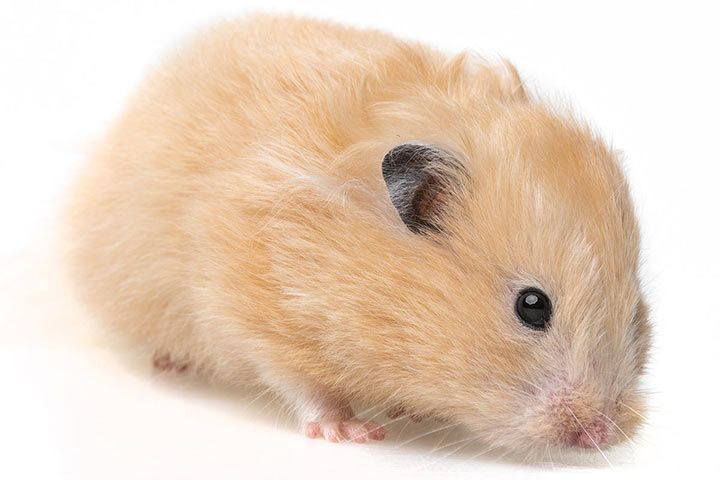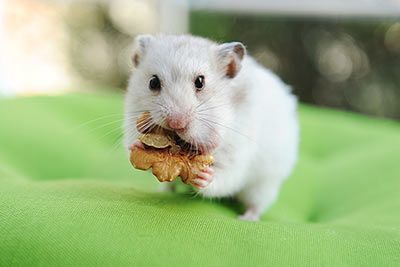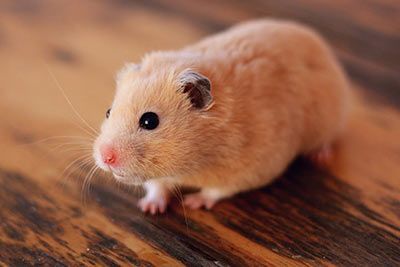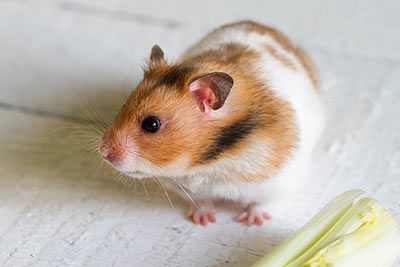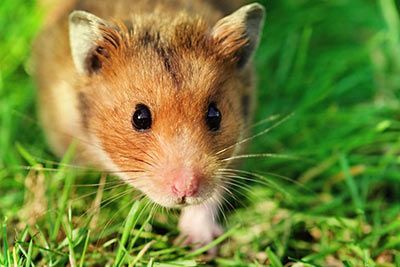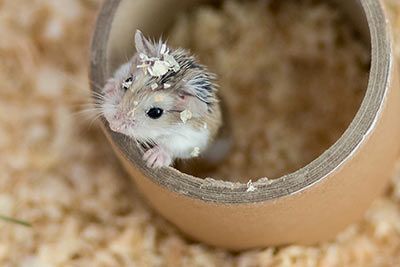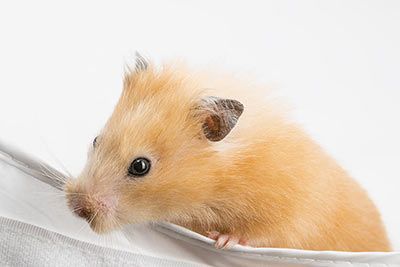Satin Syrian Hamster
Satin Syrian Hamster Breed Profile
| Origin | Syria, Turkey |
| Genus | Mesocricetus |
| Scientific name | Mesocricetus auratus |
| Size | 4.8 to 6.2 inches (12-16 cm) |
| Color | Lots of different color options; fur is unusually shiny |
| Lifespan | 1.5 to 2 years |
| Personality | Even-tempered, trusting |
| How to keep them | Separately |
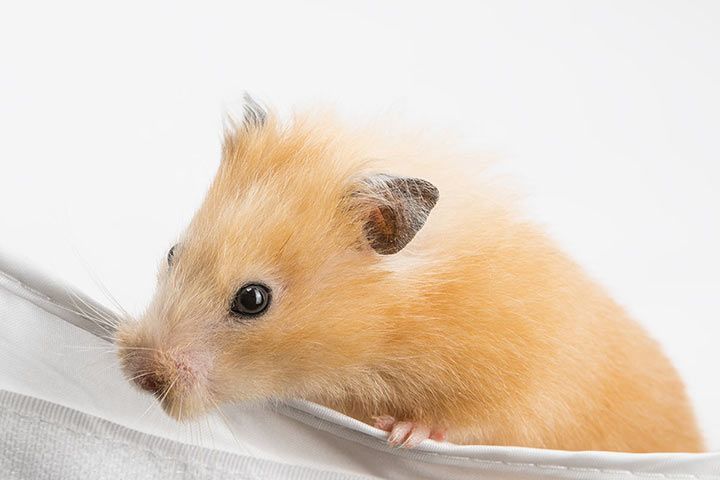
Characteristics
When it comes to satin hamsters, the real highlight is their exceptionally beautiful coats. They have a fascinatingly silky sheen. How come? As their hairs are hollow inside, the sunlight shines through and creates this lovely effect. The satin hamster can have short fur or long fur (satin teddy hamster). They can be any color. The nicest to look at are black, red and white coats. The satin hamster isn’t a separate species, rather a breed of Syrian hamster.
To Keep That Fur Shiny - Nutrition
If your satin hamster’s fur is dull and matt or has bald patches, your hamster may be sick - or it might not be getting the right food. Let’s take a closer look at nutrition below. This info applies to all Syrian hamsters. To stay healthy and happy, hamsters need a varied diet with dry and fresh food. But that’s not so simple with hamsters! Many feed mixes contain mold spores or fun and colorful ingredients with harmful sugar and too much fat. For the sake of their health, they should never be given moldy or spoiled vegetable waste. After all, it’s not fit for humans to eat.
What Should a Satin Syrian Hamster Be Fed?
Ideally, exactly what they’d eat in the wild. Their nutrition should mostly be grains (not much wheat), dried vegetables, herbs, seeds (linseeds, poppy seeds, sesame seeds) and a few nuts and seeds here and there. Their diets even include insects such as dried or live mealworms as well as small amounts of fresh vegetables.
We really recommend getting your hands on a detailed hamster book. You don’t have to go out and buy a whole shelf of books: your local library might have some you can borrow. It’s best to do this BEFORE you buy a hamster so you’re prepared and can offer your new friend a good place to live.
Watch Out!
Two satin hamsters should never be bred together. The babies’ fur is often very thin. It’s not actually necessary, as the satin fur gene is “dominant” (it will be inherited).
Fun Facts
You can even find dwarf hamsters with satin coats nowadays.
